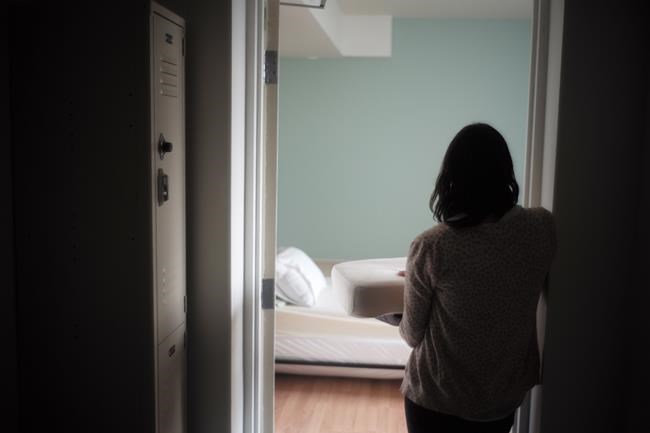As the pandemic continues to ravage the world, a local women's shelter is feeling the effects as there is an increase in violence and its severity against women and children in Canada.
A recent national survey conducted by Women's Shelters Canada saw 52 per cent of 266 participating shelters report seeing clients who were experiencing somewhat or much more severe violence as public health protocols continue to increase social isolation while job loss causes increased tension in many homes.
Locally, the Elizabeth Fry Society has seen numbers ebb and flow in the use of its transition house during the pandemic, Bally Bassi, community, social and justice programs manager of the Prince George and District Elizabeth Fry Society, said.
"We are a 17-bed transition house and we've had to reduce it to six rooms and within that we would also do double bunking and during the pandemic we were unable to do that so our capacity was reduced to six rooms so that means six women and their children or if a mother and adult daughter came in. So looking at what we had in a 17-bed shelter that was decreased somewhat because we could only single bunk people."
So there isn't the opportunity to put four single women together in one room anymore, for example, Bassi added.
Looking at the complexities added due to the pandemic, Bassi saw significant increases in the emotional and physical turmoil experienced by women and children who accessed the transition house.
"When it comes to an increase in violence, individuals who are not working didn't have the financial support available to them and there are so many compounding factors that will continue to raise that risk of emotional, mental or physical violence for women seeking out and coming to the transition house," Bassi said.
Staff numbers at the transition house have not decreased and Bassi said if anything they would like more staff because during the pandemic even getting a snack is a big deal as the common areas need to be sanitized within pandemic protocols and social distancing can be a challenge.
"Now it's staff preparing the meals and serving," Bassi said. "So right now we have a position posted for house cook that we've been unable to fill. So really when we look at the staffing pieces we need more staff because of the complexities of the families that are coming in and the adaptation policies that have been put in place."
Transition houses are safe havens for women and children who are in or leaving abusive relationships or who are at risk of homelessness.
"In these trying times it's about survival for women who are leaving complex, challenging, unsafe situations with their children," Bassi said. "There is high anxiety and fears especially during the pandemic."
Shelter Women's Canada and provincial grants help fund the transition house and if there is a demand for shelter and the transition house is full the society has partnered with local hotels to provide emergency housing to clients in need, Bassi added.



